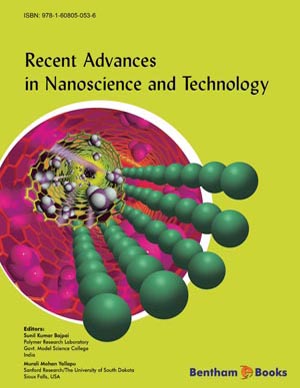Abstract
Silicon nitro carbide, SiCN, exhibits excellent high-temperature properties. It can withstand temperatures of up to 1800° C, which is superior to those of Si, SiC and Si3N4. Magnetic composites, as well as electrically conductive ceramics on the basis of SiCN, can be developed. Therefore, SiCN constitutes a new class of materials for high-temperature electronics. SiCN ceramics, doped with the transition metal ions exhibiting superparamagnetic features are promising in building high-temperature magnetic and pressure sensors. EPR (electron paramagnetic resonance) and FMR (ferromagnetic resonance) techniques can provide important information on the properties of SiCN and its magnetic derivatives, in conjunction with structural, magnetic and electric measurements. In the present work, EPR signals due to sp2–hybridized carbon-related dangling bonds were recorded over the 4 - 300 K range. SiCN ceramics consist of nanoparticles of SiCN and a free carbon phase. The two EPR signals, which were only resolved at the higher frequencies of W (95 GHz) and G (170 GHz) bands are due to carbon-related dangling bonds present as (i) defects on the freecarbon phase and (ii) within the bulk of SiCN ceramic network. SiCN magnetic ceramics, doped with the Fe ions were synthesized at different pyrolysis temperatures in the range 600° - 1600°C. Several magnetic phases in SiCN/Fe composite are detected by EPR/FMR technique. The main sources of magnetism in these samples are: (i) superparamagnetic nanoparticles of Fe3Si, (TC = 800°C), (ii) nanoparticles of Fe5Si3 (TC = 393°C), which appear above 1000°C in single-domain state and (iii) nanoparticles of Fe70SixC30-x (620°C).
Keywords: Antiferromagnetic interaction, Curie law, Curie temperature, Dangling bonds, EPR, EPR linewidth, Ferromagnetic nanoparticles, FMR, Fluctuations of the magnetization, High-frequency EPR, Multi-frequency EPR, Nanoparticles, Phase-transition, Silicon nitro carbide (SiCN) ceramics, SiCN/Fe ceramics, SiCN/Mn ceramics, Superparamagnetic nanoparticles, Superparamagnetism, Temperature dependence.



















